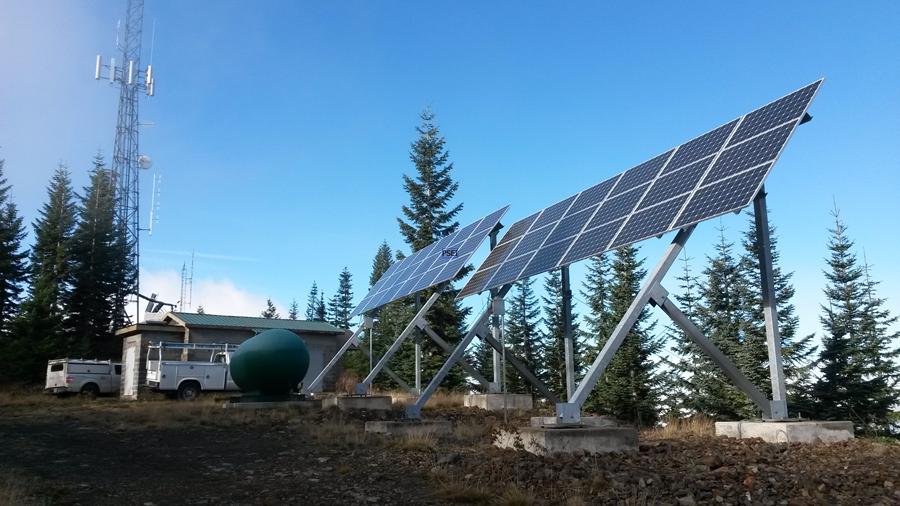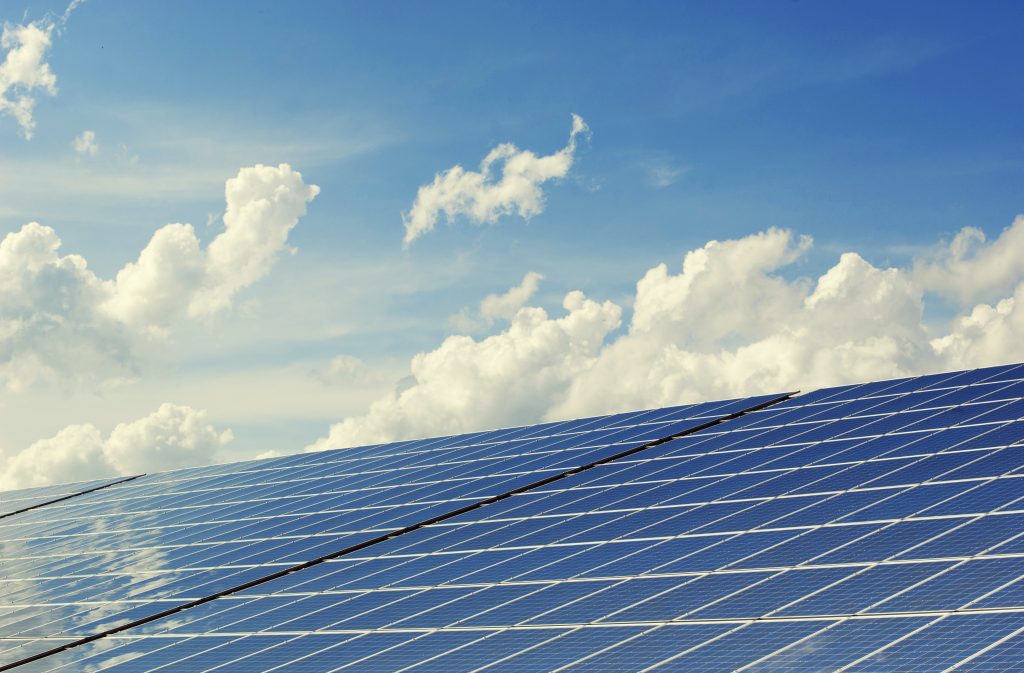You probably have a lot of questions about solar panels: do they work, will they fit my home, and how much will they cost or save me? It’s important to know the facts about solar panels so that you can decide if they’re something you should add to your home. (Spoiler alert: they are!)
Solar panels collects energy with modules, and they convert sunlight to usable energy. They can be as small as the one that powers your watch or cover miles of open space. The panels used to power homes are generally attached to the roof, saving space and the aesthetics of your home. They are bolted on and then wired into an inverter placed near your existing electrical box. The inverter takes the DC power collected by the panels and turns it into the AC power that comes out of our wall outlets. Many have monitoring systems that can tell you through your computer or phone how much energy the panels are producing.

Solar energy can add power to any building and is especially good for houses in remote locations where traditional power lines can’t reach. If you’re building in the wilderness and are debating between solar or generator power—pick solar.
Of course we would all love to have solar energy for our homes, but we need too know what kind of an investment we are getting into before jumping blindly on the bandwagon. The cost of solar panels are calculated in dollars per watt and the price can be anywhere from $2 to $4 per watt. This is one building feature where the physical size of your home makes no difference. It’s all based on the amount of electricity you use. Sure, larger homes tend to have more things plugged in, but that doesn’t mean a small home can’t be sucking down just as much power. It’s all in how you use it and how much you use.
On average, a 2,000 square foot home will use 10 kilowatts (10,000 watts) during an average year. The number of panels you need for this amount of energy depends on the watts each panel can produce. 250 watts per panel is standard. Because the federal government is still offering tax credits to homeowners who install solar energy, this can bring the cost down by up to 30%. This leaves an average of between $10,000 to $20,000 for a full installation (after the tax credit).

Another factor in how many panels you need is how much sunshine your house gets a year. This can differ even from the house right next door, so just because your neighbor has 15 panels, doesn’t mean that will automatically work for you. Remember, you can always supplement your existing wired electricity with solar energy, you don’t have to have an all or nothing solar plan.
After your panels are installed you can sit back and relax. Many solar panels are self-cleaning, but you may occasionally have to clean them. Either hose them off or use soapy water and a soft cloth. Panels in very dry or dusty areas of the country will accumulate dirt faster, especially if they are on a flatter angle.
What’s the best thing about solar energy? It’s free! That’s right, sunshine costs you exactly nothing which means you are saving money on electricity. How much you save depends on how many panels you have and how much sunshine your area gets a year.
Of course a bigger system will take more investment, but powering your entire home with solar energy will completely eliminate your electricity bill. Let’s say the average electricity bill for a single family home in Oregon is $150/month. That’s $1,800 per year. If fitting your house with solar panels costs $10,000, you will see a complete return on investment in only five and a half years. After that, you now have free electricity for life. What could be better?


